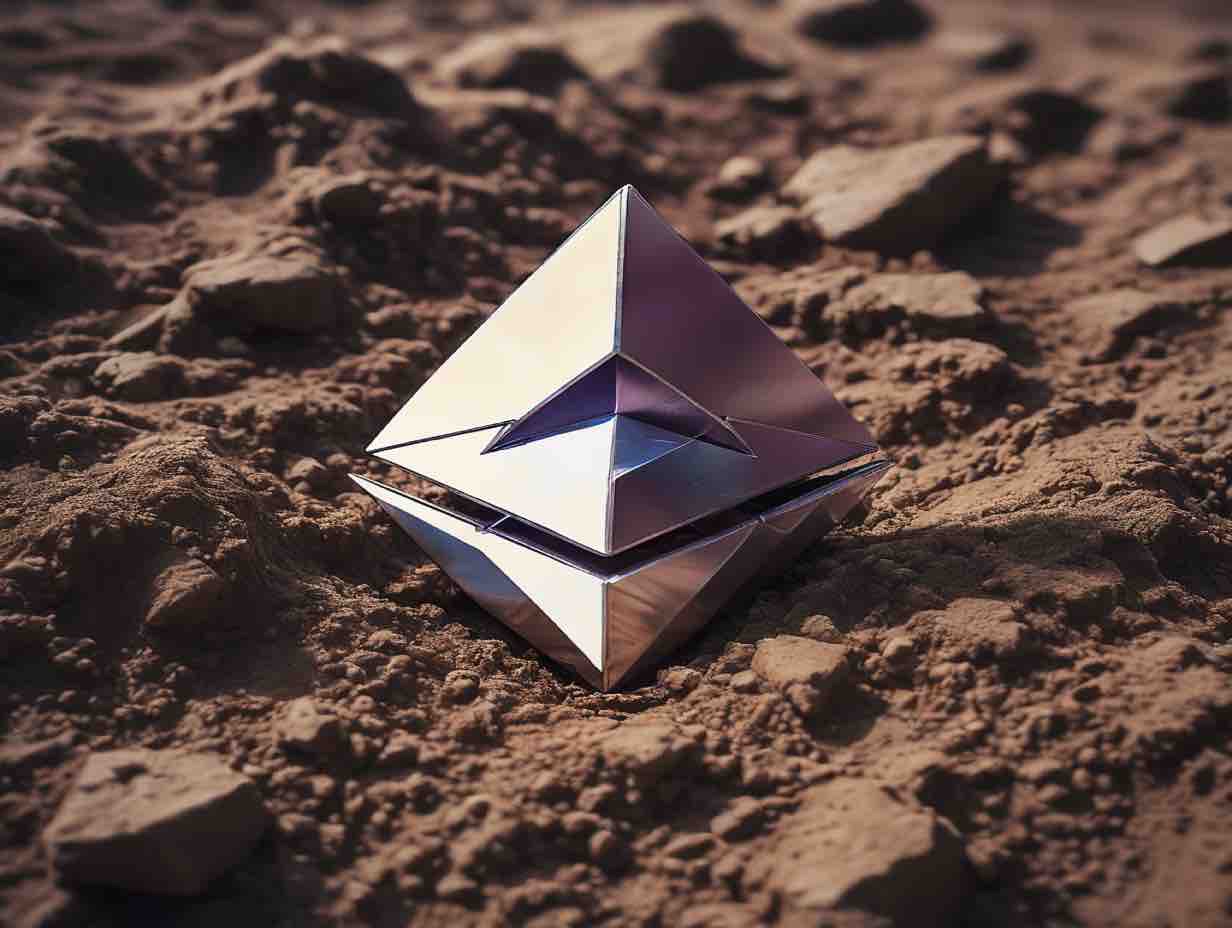Ethereum’s forthcoming network upgrade, Dencun, slated for March 13, is poised to reshape the blockchain’s landscape, despite not garnering as much attention as previous upgrades like the transition to proof-of-stake in 2022. Developers anticipate Dencun to be a significant milestone, particularly for layer-2 networks built on Ethereum.
Ethereum’s Dencun fees spark debate
According to experts like Karl Floersch, CEO of OP Labs, Dencun signifies the dawn of a new era for Ethereum. After years of stagnation, this upgrade is seen as a crucial step forward in enhancing user experience and expanding capabilities. The implementation of Dencun is expected to address longstanding issues, particularly around gas fees and scalability.
Layer-2 developers predict that Dencun will bring about a dramatic reduction in gas fees, making transactions on scaling networks significantly cheaper and easier to validate. David Silverman, VP of Product at Polygon Labs, believes that once settlement contracts are updated across all layer-2 networks, users can expect substantial savings in gas fees.
Polygon Labs intends to ensure that its users benefit from these cost reductions. Terence Tsao, a developer at Offchain Labs, estimates that gas fees on layer-2 networks could drop by as much as 75% immediately after the implementation of Dencun, assuming current levels of network traffic. This reduction is attributed to the introduction of “blobs” and proto-danksharding, which offer a more cost-effective method of data storage on Ethereum.
Proto-danksharding will allow layer-2 data to be stored temporarily for about a month, significantly reducing storage costs while maintaining security. This enhancement is likened to expanding Ethereum from a rural backroad into a four-lane highway, with the potential for further expansion in the future.
Revolutionizing transaction efficiency and affordability
The anticipated decrease in gas fees could have far-reaching implications, potentially leading to a future where users no longer experience gas fees at all. Silverman envisions a scenario where gas fees are abstracted away, similar to how Web2 giants cover the costs of services like video conferencing and email to attract users.
While the gas-free future will primarily exist on layer-2 networks, Ethereum’s mainnet will continue to play a vital role in securing data and facilitating communication between networks. However, the majority of on-chain transactions, including NFT purchases and other retail activities, are expected to migrate permanently to layer-2 networks post-Dencun.
Terence Tsao believes that Dencun will fundamentally change how users interact with Ethereum, with the mainnet fading into the background. This shift will eliminate the high costs associated with on-chain transactions, making activities like minting NFTs more accessible and affordable.
Karl Floersch anticipates a renaissance of cross-pollination across various mediums and platforms, enabled by the elimination of barriers to integrating on-chain elements. For example, he envisions video games that generate NFTs in-game, interact with DeFi protocols, and leverage social media presence seamlessly and at minimal cost.
Ethereum’s Dencun upgrade is expected to usher in a new era of scalability and affordability for on-chain transactions. With significant reductions in gas fees and improvements in functionality, developers anticipate a surge in innovation and adoption across layer-2 networks, fundamentally changing how users interact with the Ethereum ecosystem.
Land a High-Paying Web3 Job in 90 Days: The Ultimate Roadmap
